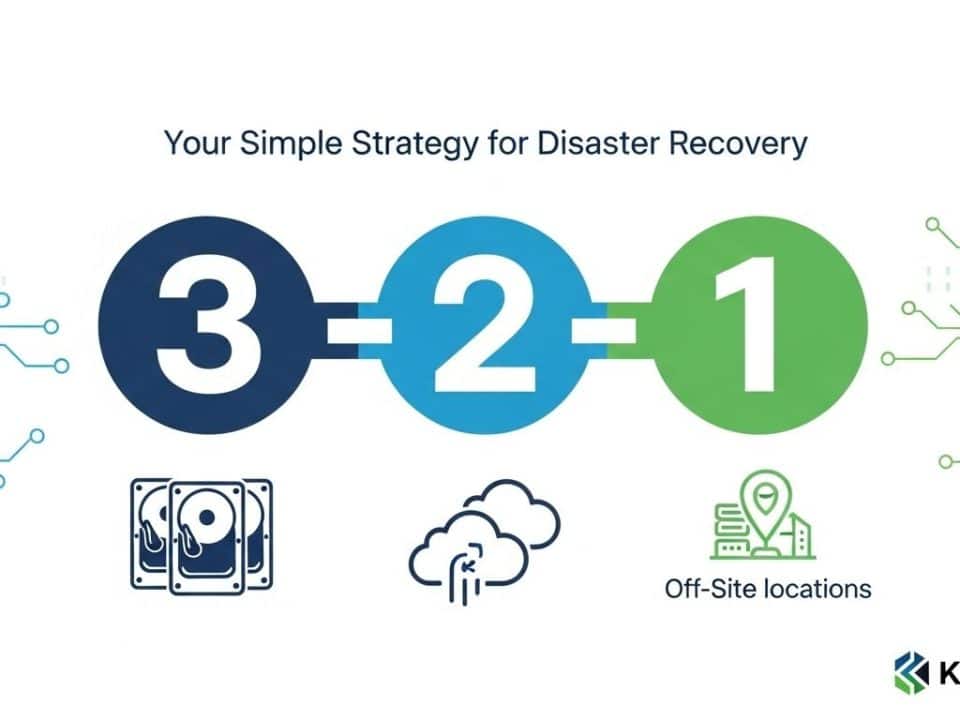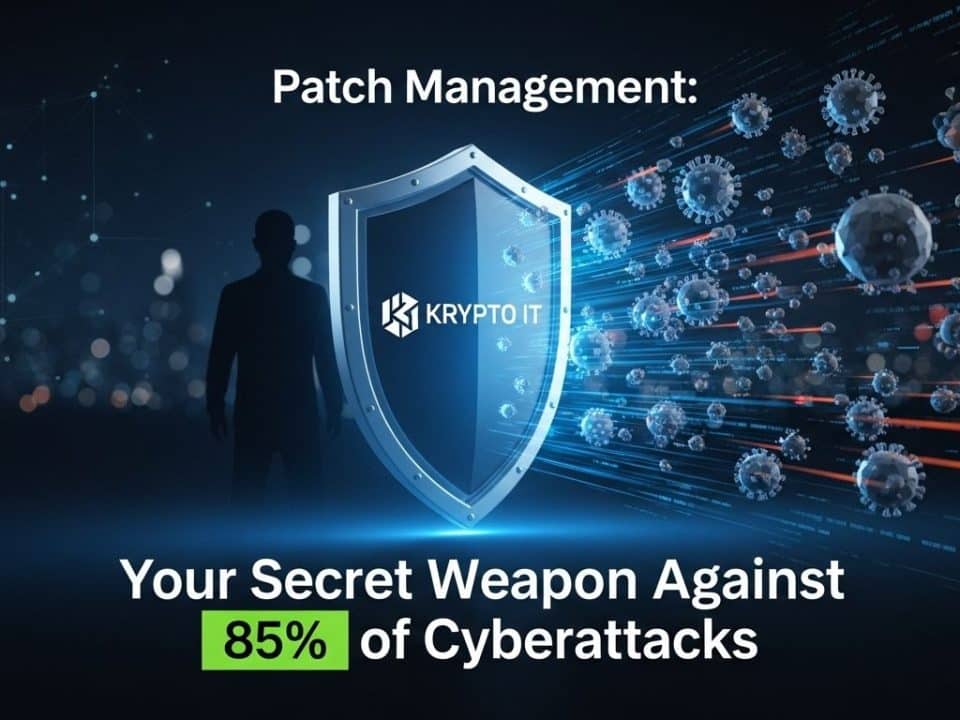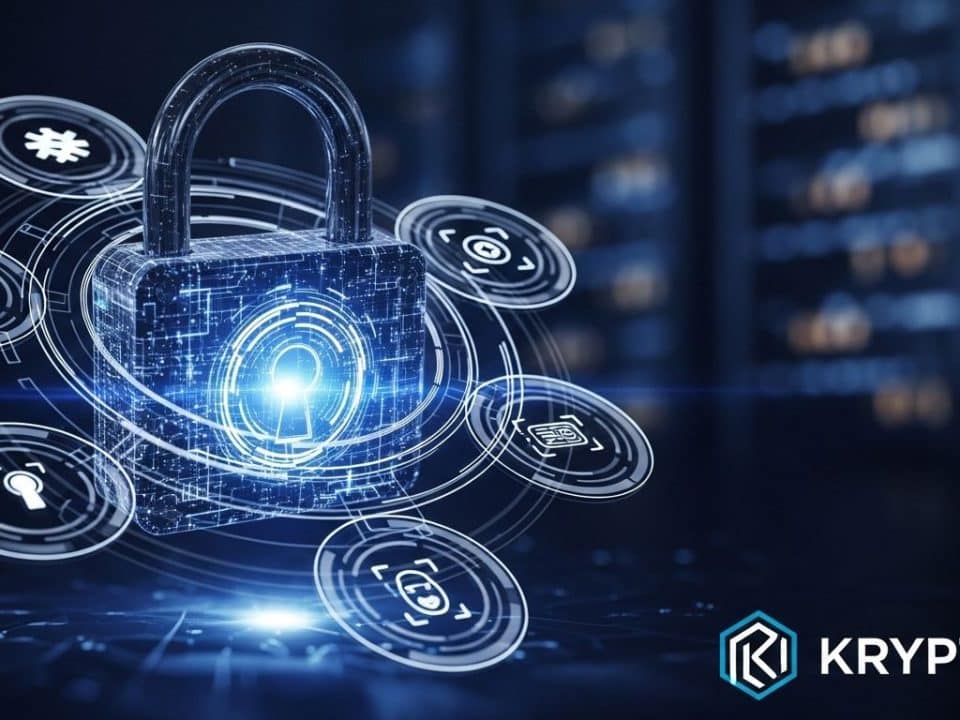
Data Security in Manufacturing: Guarding Your Edge
April 24, 2025
Securing the Shop Floor: Mobile Device Security in Manufact
April 26, 2025Empowering Your Manufacturing Workforce Against Cyber Threats
In today’s digital landscape, manufacturing companies, even small to medium-sized ones, face an ever-increasing barrage of cyber threats. While robust technical safeguards are crucial, often the weakest link in your cybersecurity armor isn’t a faulty firewall or outdated software—it’s your people. Your employees, the very backbone of your operations, can inadvertently become gateways for cyberattacks. However, with the right training and awareness, this potential vulnerability can be transformed into your strongest line of defense.
Why Manufacturing is a Prime Target
Manufacturing environments often handle sensitive data, including intellectual property, schematics, client information, and operational technology (OT) systems that control critical machinery. A successful cyberattack can lead to devastating consequences: production halts, financial losses, reputational damage, and even safety risks. Cybercriminals understand this and are increasingly targeting the manufacturing sector.
The Human Element: A Double-Edged Sword
Your workforce interacts with digital systems daily, from email communication and data entry to accessing network resources and operating machinery connected to the internet. This constant interaction presents numerous opportunities for cyber threats to infiltrate your organization. Phishing emails can trick employees into revealing credentials or downloading malware. Weak passwords can be easily cracked. Unsecured personal devices connected to the company network can introduce vulnerabilities.
However, this same workforce, when properly trained and vigilant, can become your most effective security asset. Employees who understand the risks and know how to identify and respond to potential threats act as human firewalls, actively protecting your digital assets.
Building a Human Firewall: Essential Training Topics
A comprehensive cybersecurity training program for your manufacturing workforce should cover the following key areas:
1. Phishing and Social Engineering Awareness:
- Identifying suspicious emails:
Training employees to recognize red flags like unusual sender addresses, grammatical errors, urgent or threatening language, and requests for sensitive information.
- Understanding different phishing tactics:
Educating them on spear phishing (targeted attacks), whaling (targeting executives), and smishing (SMS phishing).
- Verifying requests:
Emphasizing the importance of independently verifying any unusual requests for information or actions, especially those involving financial transactions or sensitive data.
- Reporting suspicious activity:
Establishing a clear and easy process for employees to report potential phishing attempts.
2. Password Security Best Practices:
- Creating strong, unique passwords:
Explaining the importance of using a combination of uppercase and lowercase letters, numbers, and symbols for each account.
- Avoiding easily guessable passwords:
Discouraging the use of personal information, common words, or sequential numbers.
- Password management tools:
Introducing and encouraging the use of secure password managers.
- Two-Factor Authentication (2FA):
Educating employees on the benefits and implementation of 2FA wherever available.
3. Malware Awareness and Prevention:
- Understanding different types of malware:
Explaining viruses, worms, ransomware, and spyware and their potential impact.
- Avoiding suspicious downloads and links:
Emphasizing the risks associated with clicking on unfamiliar links or downloading files from untrusted sources.
- Recognizing signs of infection:
Training employees to identify unusual computer behavior, such as slow performance, unexpected pop-ups, or unauthorized software installations.
- Reporting suspected malware:
Establishing a clear protocol for reporting potential malware infections.
4. Data Security and Handling:
- Understanding sensitive data:
Identifying the types of data your company handles that require special protection.
- Proper data handling procedures:
Training employees on secure methods for storing, sharing, and disposing of sensitive information.
- Clean desk policy:
Implementing and enforcing a policy that requires employees to secure physical documents and lock their workstations when unattended.
- Bring Your Own Device (BYOD) policies:
If applicable, educating employees on the security risks associated with using personal devices for work and outlining acceptable usage guidelines.
5. Physical Security Awareness:
- Controlling access to facilities and equipment:
Emphasizing the importance of not allowing unauthorized individuals into restricted areas.
- Securing workstations and devices:
Reminding employees to lock their computers when stepping away and to secure laptops and other portable devices.
- Reporting suspicious individuals or activities:
Encouraging employees to be vigilant and report anything that seems out of place.
Making Training Effective and Engaging
Cybersecurity training shouldn’t be a one-time event. To build a truly security-conscious culture, consider the following:
- Regular and ongoing training:
Conduct regular refreshers and updates to keep employees informed about the latest threats and best practices.
- Varied training methods:
Utilize a mix of presentations, interactive modules, simulations (like mock phishing exercises), and short videos to cater to different learning styles.
- Real-world examples:
Use case studies and examples relevant to the manufacturing industry to illustrate the potential impact of cyberattacks.
- Clear and concise communication:
Avoid technical jargon and explain concepts in a way that is easy for everyone to understand.
- Positive reinforcement:
Recognize and reward employees who demonstrate good security practices.
Investing in Your Human Firewall
Training your manufacturing workforce on cybersecurity best practices is not just an expense; it’s a critical investment in the security and resilience of your business. By empowering your employees with the knowledge and skills they need to identify and avoid cyber threats, you can significantly reduce your risk of falling victim to an attack. Remember, your people are your first line of defense.
Ready to transform your employees into a powerful cybersecurity asset?
Contact Krypto IT today for a free consultation and let us help you build a robust and effective cybersecurity awareness program tailored to your manufacturing needs.
Call us at 713-526-3999 or visit our website at www.kryptocybersecurity.com.
#Cybersecurity #Manufacturing #EmployeeTraining #HumanFactor #KryptoIT #HoustonTech #SMBsecurity #CyberAwareness




